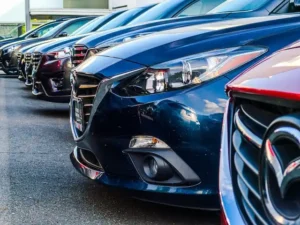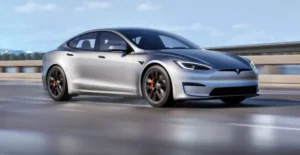Apple is gearing up to test its self-driving technology on the roads, assuming recent media reports are accurate. Apparently, Apple will be testing this technology with its employee ferry vehicles. The effort, code-named PAIL for “Palo Alto to Infinite Loop” — Apple’s HQ — will shuttle AAPL employees to various offices around Silicon Valley. Reportedly, more than 5,000 employees use the company shuttle to travel to work.
Analysts have drawn parallels between Apple and Alphabet self-driving technology efforts. In Dec 2016, the company spun off its self-driving car technology unit into a standalone company called Waymo under the Alphabet umbrella. Waymo does not plan to manufacture a self-driving car. It is working on the underlying technology.
Alphabet, then Google, took the automobile industry by storm in 2010 when it unveiled a fully operational driverless car that drove around its Silicon Valley headquarters. The driverless car project had become an integral part of Alphabet’s X labs, which was formed to test some of the most-advanced ideas of the company before being spun off.
Project Titan — Backdrop
For sometime now, there has been tremendous speculation about Apple’s autonomous car-technology development efforts, codenamed Project Titan. As usual, Apple refrained from commenting on the matter as it loves to maintain secrecy regarding projects it’s working on.
However, in June this year, CEO Tim Cook while talking to Bloomberg, stated that the company was indeed working on a self-driving car technology AI (artificial intelligence) project. As a matter of fact, he referred the project as the “mother of all AI projects.”
On being asked about whether Apple will eventually make its own car, Cook said “We’ll see where it takes us. We’re not really saying from a product point of view what we will do.”
It was then speculated that Apple may not be designing a full-fledged car but an autonomous self-driving car technology platform.
Apple has several of the Lexus SUVs outfitted with a range of different sensors running its self-driving software. New LIDAR equipment was spotted in August of 2017.





